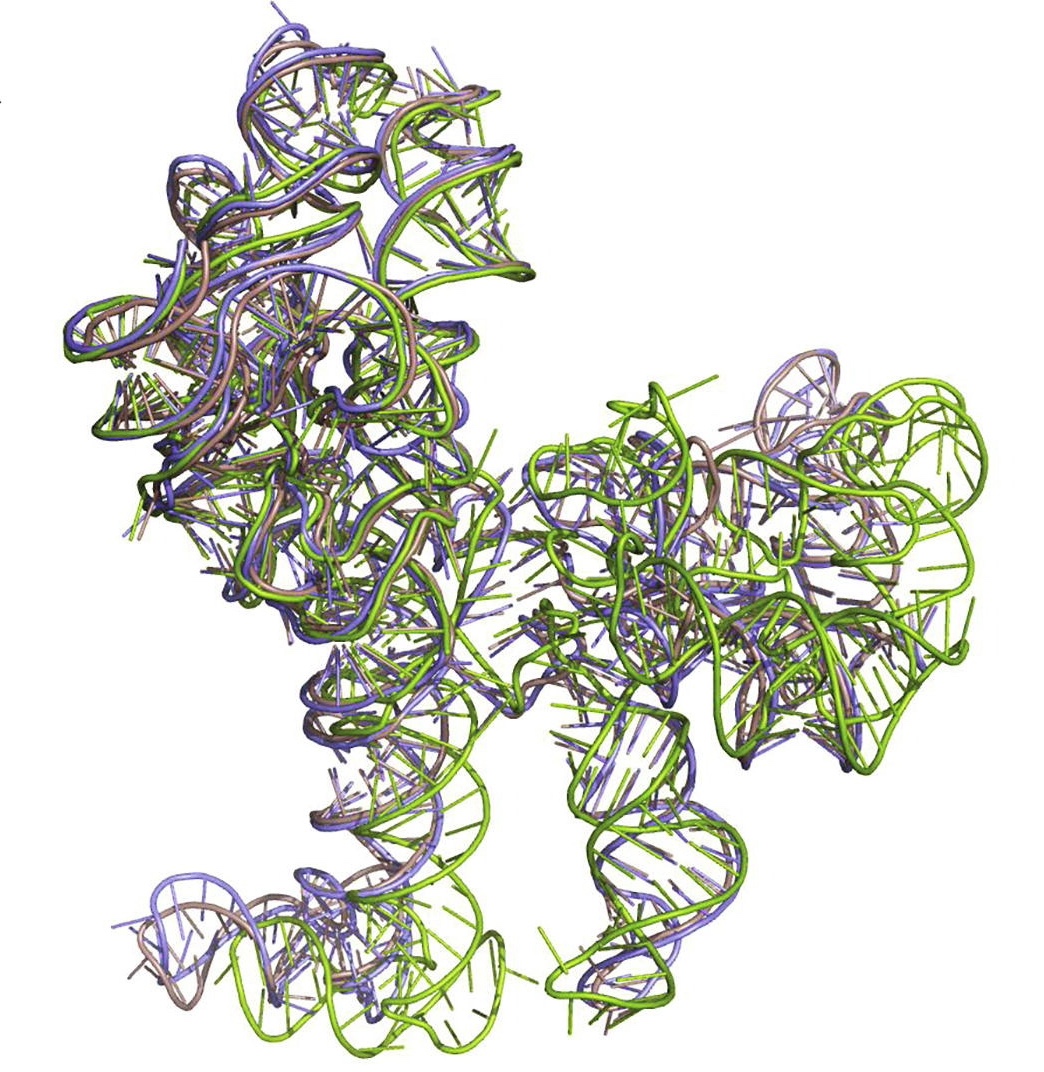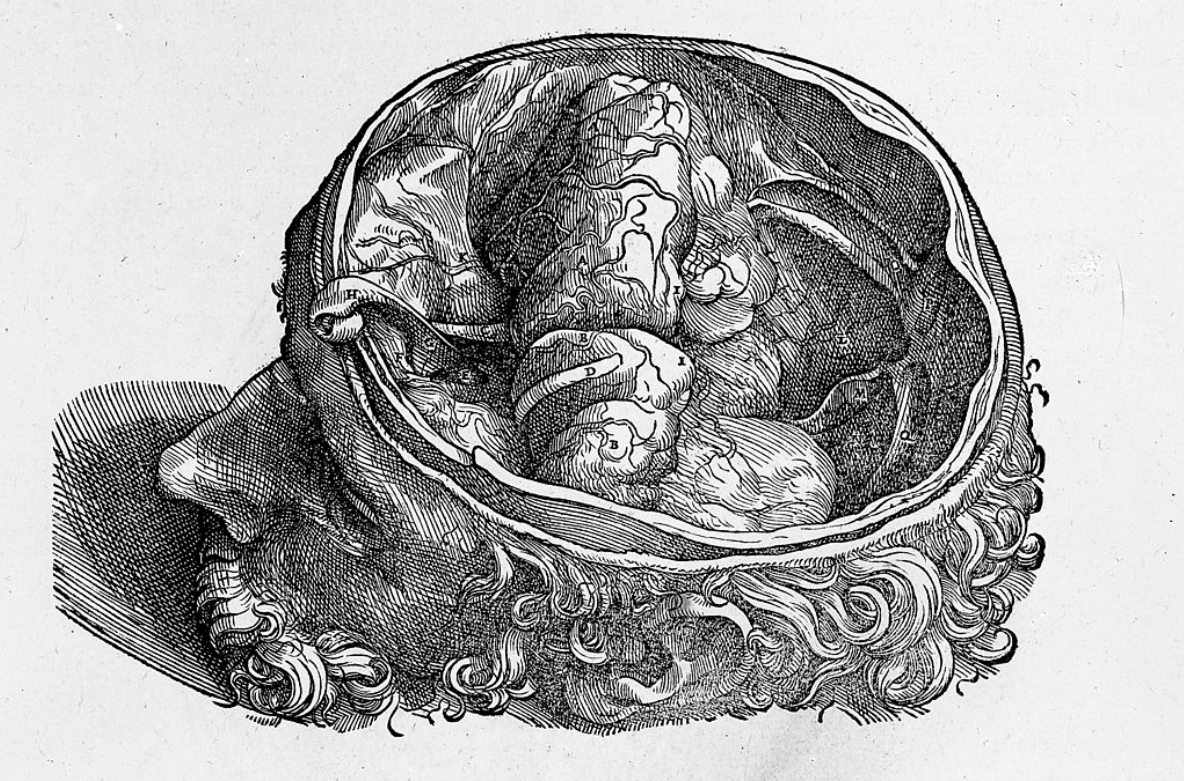-
Illuminating insights: Using Fractals to Model Lightning

Now, many parts of lightning’s trajectory that would previously have been modeled individually, a very complex and time-staking process, can be combined and simplified using the fractal properties that lightning bolts possess.
-
The Menstrual Conundrum

Recent research has shown that periods actually play a critical role in both protecting and preserving a woman’s body and resources.
-
Traversing Tumors: How Single-cell RNA Sequencing Maps Malignant Tumors

It is difficult for scientists to find solutions for harmful mutations, as while mutations are inevitable and not entirely random, they’re notoriously unpredictable.
-
An Anomaly in Phase Transition: Liquid Crystals

While Austrian botanist Federich Reinitzer was investigating the properties of various chemical compounds, he observed that the compound cholesteryl benzoate appeared to have two distinct melting points.
-
Symphony of the Human Brain

The “connectome” has become widely accepted within the field of neuroscience, bridging various attempts to map macroscopic neural connections to microscopic neural activity.
-
Dual Consciousness in Split-Brain Patients

Experiments conducted on split-brain patients reveal fascinating suggestions for the roles and specializations of each hemisphere.
-
The Gourmet Guide To the Galaxy: The Spaghettification of Black Holes

Approaching or crossing near the singularity, all matter inevitably undergoes intense spaghettification and becomes completely disintegrated.
-
Exploring Semaglutide Beyond Diabetes: The Emergence of Ozempic in Weight Management and Its Societal Implications

One may wonder how a blood sugar medication can exert such impactful effects on weight, and what the potential consequences of glorifying its use as a weight loss treatment are?
-
Restoring California’s Kelp Forests

The question remains: what are economically feasible, ethical, and efficient methods of restoring these dying kelp forests?
-
Early Dark Energy: A Possible Solution to the Hubble Tension

As measurements of the Hubble constant using different methods become more precise, the Hubble tension becomes more defined. However, early dark energy, a model of dark energy that could change the way scientists understand the expansion of the Universe, poses a fascinating solution.